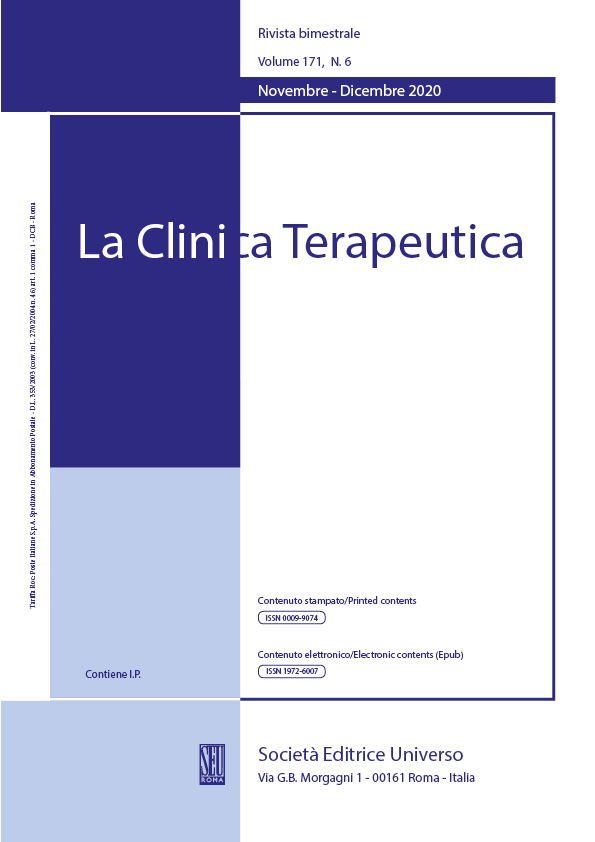Abstract
ABSTRACT: Aims: The purpose of the present study was to translate and culturally adapt the Intermittent Catheterization Acceptance Test (I-CAT) for Italian individuals with spinal cord injury and spina bifida and to measure its psychometric properties. Methods: Consent from the authors of I-CAT was received, and then, following international guidelines, it was culturally adapted to Italian. The included participants adults who practice self-catheterization. In order to evaluate criterion validity, the Qualiveen-30, Spinal Cord Independence Measure (SCIM-self reported), and the Moorong self-efficacy scale (MSES) were administered together. Test-retest reliability was assessed administering the I-CAT a second time within a week. Following the COSMIN checklist, psychometric properties were evaluated. Results: All translated items resulted identical or similar to the original versions. Internal consistency, evaluated on 34 individuals, showed values of Cronbach’s alpha of 0.889, test-retest reliability was evaluated through the intraclass correlation coefficient with values of 0.96. Statistically significant correlation between the I-ICAT and Qualiveen were found through Pearson’s correlation coefficient and Spearman’s Correlation Coefficient for criterion validity. Conclusions: The Italian validation of I-CAT allows Italian professionals to investigate psychological barriers linked with self-catheterization in people with urinary tract dysfunction before learning about aseptic Intermittent Self Catheterization (IC) and improving patients’ acceptance of it. This tool can also be used as follow-up after the training of intermittent self-catheterization techniques. Finally, it is an important tool for medical research.
